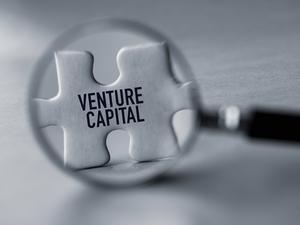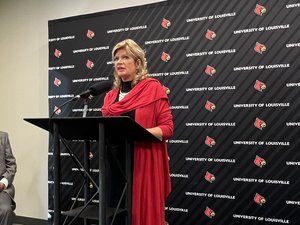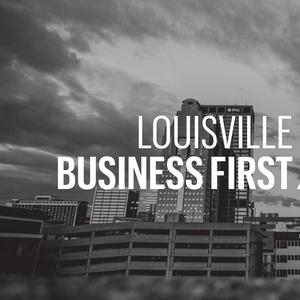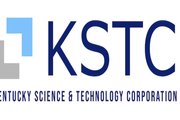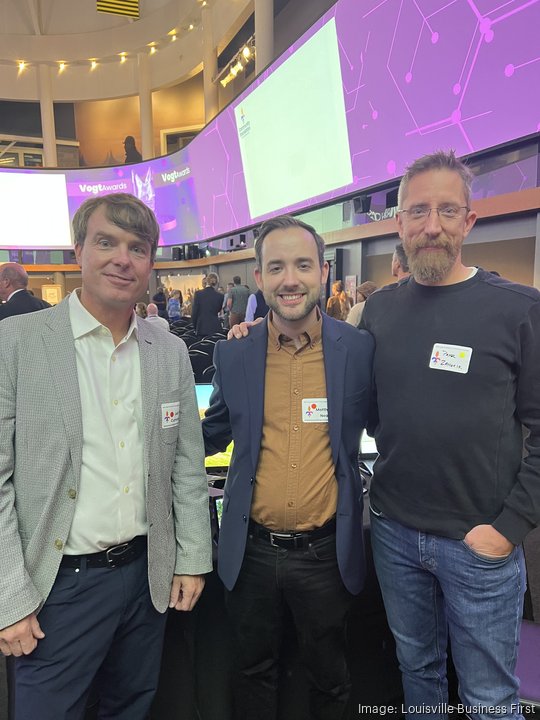
Jeff Cummins has been a longtime entrepreneur, and a hearing aid user for even longer.
So, perhaps it was just fate in July 2022 that Cummins would be put in contact with Matthew Neal, who was working as a research scientist at the University of Louisville, to later form the startup that is now known as Immersive Hearing Technologies.
I first met the two co-founders, Cummins and Neal, at the Vogt Awards Demo Day in October at the Kentucky Derby Museum in Louisville. Although the company formed in March, it was one of six recipients of the awards’ $25,000 in non-dilutive funding.
As attendees were mingling about the venue’s Great Hall, I sat down to check out the Software-as-Service (SaaS) hearing aid demonstration tool through a, you guessed it, demonstration.
“The idea is that we are letting people listen to how hearing aids sound in realistic, immersive scenes,” Neal told me before I sat down and put on a pair of headphones.
In basic terms, the startup’s product creates an immersive environment in which users can rotate around, similar to a VR experience — like a noisy restaurant, for instance — allowing the person being fitted for a hearing aid to focus on certain features in a hearing aid, such as noise reduction and reverberance. Being able to make these real-time changes through the platform can expedite the traditional process of finding the best hearing aid device for that patient.

The initial customers for the company, Cummins said, will be audiology clinics. Note: The actual demonstration in a clinical setting would have the users put hearing aids in their ears, but that was not possible in a setting such as this one.
As things currently stand, there is typically a one-hour introductory session and then three to four additional 30-minute sessions to fine tune the device. His company's product, Cummins said, could take away the need for a few of those follow-up appointments.
“First of all, you don’t [typically] get that opportunity to understand how it works when you’re buying it,” said Cummins, who served as an innovation adviser at UofL for two years, beginning in 2019. “But it also helps your brain sort of understand how the hearing aids work. … It helps [patients] get used to them and acclimate to them much faster. … So [audiologists] can say, ‘This is what it sounds like with a basic hearing aid, and this is what it sounds like with a premium hearing aid.’”
Added Neal: “Think of the optometrist. A or B? Which one is better? This can be used to fine tune a hearing aid … or just let you know [how] a hearing aid sounds. You’re going to have to pay $5,000 for this prescription hearing aid, but this is why it’s worth it.”
Speaking of money, as of a recent date, Immersive Hearing Technologies had raised about 50% of a pre-seed round of $300,000. It is also in the process of pursuing funding through the National Institutes of Health and the National Science Foundation.
Cummins said he hopes the company will be able to announce a pilot partnership with a large hearing aid manufacturer in the first quarter of 2024.
The funding will be used to prepare for the pilot, as well as make enhancements to the company's immersive hearing aid demonstration with new "audio and visual form factors," according to Cummins. It will also look to increase its headcount by two near the second quarter of 2024, which would bring the company's headcount to five.
As Neal told me, Immersive Hearing Technologies' goal is to partner with hearing aid manufacturers to implement their devices into its system, which uses a patent-pending algorithm to take a multi-layered scene and map it to the microphones on the devices being demonstrated. While at the UofL, Neal spent most of his time working on a project for three years funded by hearing aid manufacturers that provided the research behind the company’s technology.
"Hearing aid manufacturers have tried to do things like this for a while, but never come up with anything that properly scales," he said.
